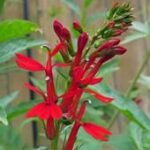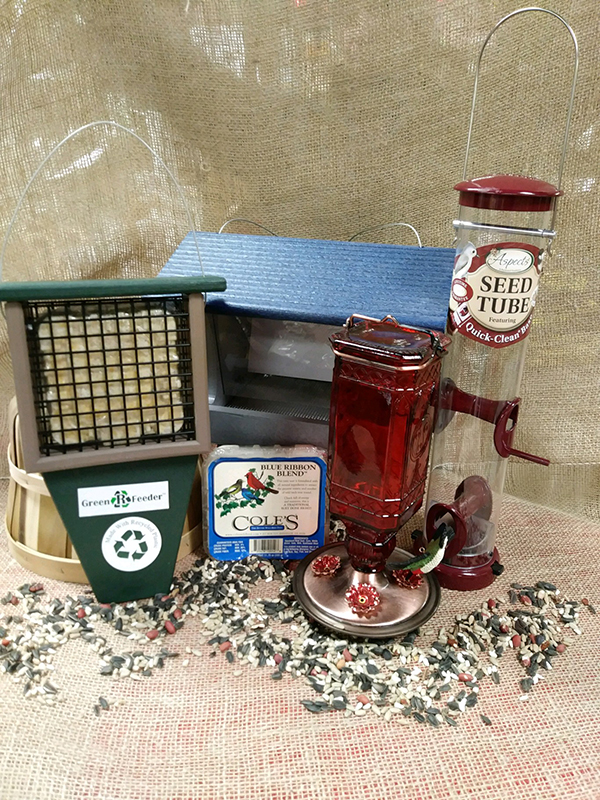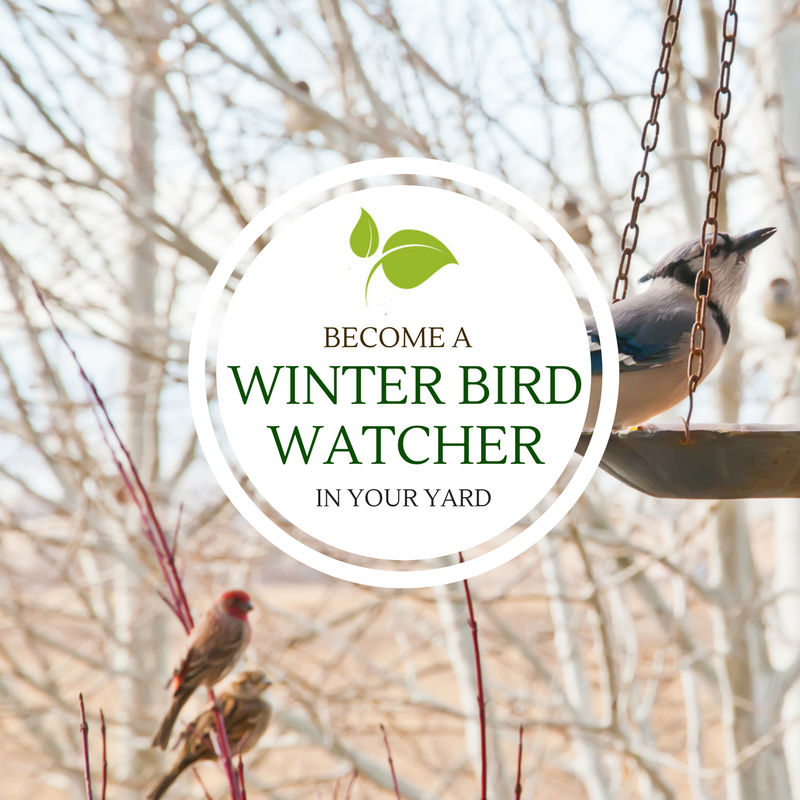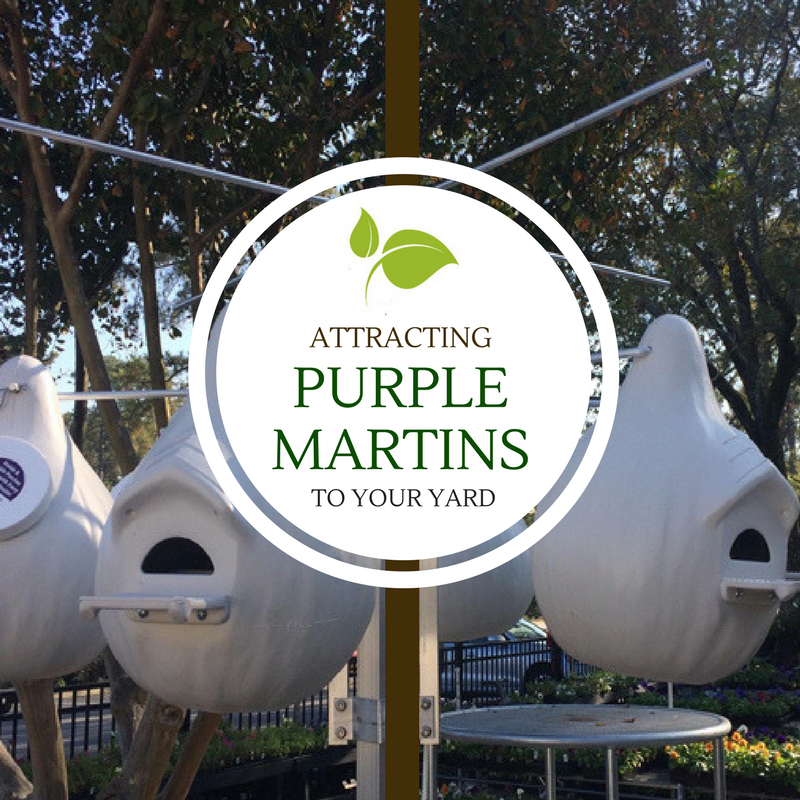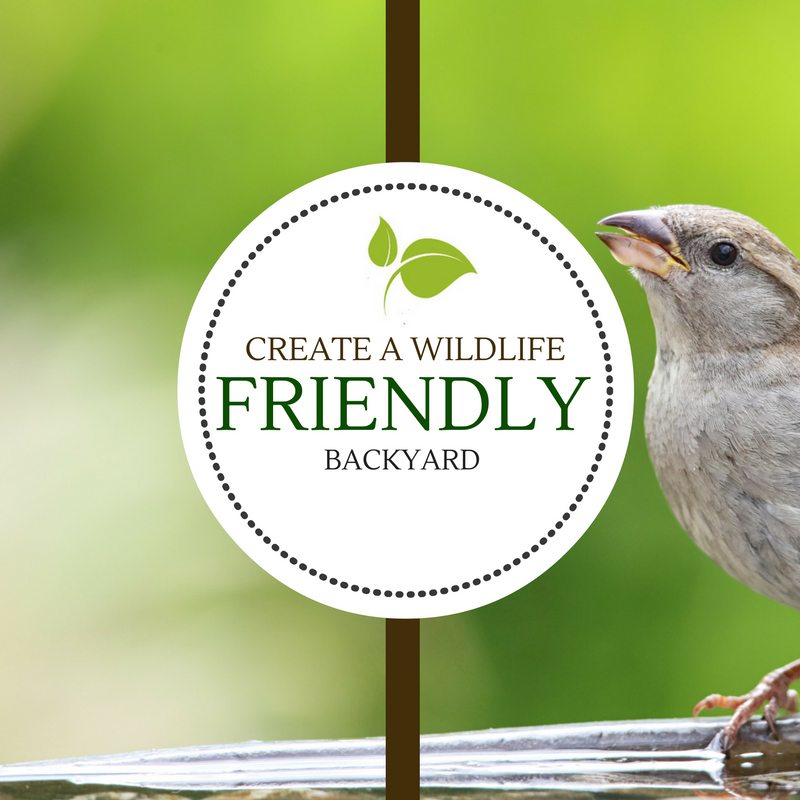
As wildlife habitats are threatened by incessant development, the creation of a bird-friendly environment, or “birdscaping”, is crucial to the existence of our wild bird population. A well planned birdscape will provide our fine feathered friends with a dependable source of food, water, and shelter while affording an enjoyable and educational activity for the entire family.
 Benefits of Wild Birds
Benefits of Wild Birds
Birds, the perfect backyard guests, provide more benefits than many homeowners realize. Wild birds can..
- Control insects by feasting on both flying and crawling insects as well as slugs, snails and other creepy-crawlies.
- Pollinate plants by flitting from flower to flower as they seek out insects and seeds to eat, all the while spreading pollen amongst the blooms.
- Manage weeds as they consume copious amounts of weed seeds before the seeds ever have a chance to sprout.
- Control rodents when raptors visit the yard in search of mice, rats, gophers, voles or other unwanted pests.
Attracting Backyard Birds
Fortunately, it is easy to attract a wide variety of backyard birds when you offer them what they need most – food, water and shelter.
Food

Wild birds rely on both natural and supplemental food sources, so it is important to consider both when birdscaping. Feeding the birds is most important in the winter when natural food may be scarce, but they will visit feeders at any time of year. Migratory birds require additional food in the spring and fall as they pass through the region. Nesting birds rely on full feeders in the summer.
Wingard’s Market is proud to carry Cole’s Wild Bird Company products! A family busines (just like us) built on specialty blends that Richard and Nancy Cole originally produced in their home. The results were stunning as wild birds flocked to their feeder in record numbers. The neighbors took notice, and the rest is history.
 All birdseed is not equal. Cole’s seed mixes are based on solid research of the dietary needs of birds and formulated to attract the most birds to the feeder with less waste. Give Cole’s seed blends a try today and see the difference for yourself. Learn More!
All birdseed is not equal. Cole’s seed mixes are based on solid research of the dietary needs of birds and formulated to attract the most birds to the feeder with less waste. Give Cole’s seed blends a try today and see the difference for yourself. Learn More!
Would you like to purchase on-line or in-store? Click here. Wingard’s makes it easy!
Some food tips:
- Provide a variety of natural foods for birds by planting berry bushes, seed-bearing flowers, and nectar-rich flowers.
- Leave imperfect and fallen fruit on the tree and ground for birds to nibble.
- Minimize pesticide use so birds can count on insects as a secure food source.
- Add supplemental feeders to your yard, such as seed, platform, suet, and nectar feeders. Clean all types of feeders weekly to avoid mold that can be dangerous to birds, and be sure feeders are full when birds need them most.
Water
 Improve your backyard bird habitat by adding water. Birds require a constant supply of clean water for drinking and bathing. This is especially important in late summer, when water is generally scarce, and in the winter, when it is frequently frozen.
Improve your backyard bird habitat by adding water. Birds require a constant supply of clean water for drinking and bathing. This is especially important in late summer, when water is generally scarce, and in the winter, when it is frequently frozen.
Some water tips:
- Place bird baths in a protected location safe from predators, and keep the baths filled at all times so a fresh supply of water is constantly available.
- Thoroughly scrub algae off of bird baths as soon as it appears. Clean your bird bath weekly to minimize bird waste contamination.
- Provide motion for greater attraction by using a bubbler, wiggler, dripper or fountain. Birds will see the sparkles and hear the splashes of the moving water encouraging them to visit.
- Use Mosquito Dunks to safely prevent mosquito larvae in warm weather. A clean bird bath with moving water will also harbor fewer insects.
- Add an outdoor-safe submersible heater to the bath in winter to keep the water from freezing or consider using a fully heated bird bath during the coldest months.
Shelter
 It is important to offer safe and comfortable shelter for your wild birds to nurture their young, protect them from predators, and shield them from the elements. Planting trees and shrubs and providing bird houses, along with roosting boxes and pockets, are all beneficial additions to your birdscape.
It is important to offer safe and comfortable shelter for your wild birds to nurture their young, protect them from predators, and shield them from the elements. Planting trees and shrubs and providing bird houses, along with roosting boxes and pockets, are all beneficial additions to your birdscape.
Some shelter tips:
- Landscape with both deciduous and evergreen trees and shrubs to offer birds different types of shelter in all seasons.
- Minimize pruning to give birds denser, more secure shelter to take advantage of when they feel threatened.
- Plant in layers and create thicket-like pockets or corridors in your landscape so birds can move around freely without feeling exposed.
- Supplement the shelter in your yard with good quality bird houses, winter roost boxes or nesting pockets to give birds even more options to stay safe and secure.
When you meet birds’ needs for food, water and shelter, your birdscape will soon be home to a fun & friendly flock of Backyard Birds.
QUESTIONS?
Our friendly and knowledgeable staff can help you determine which plants and products are best suited for your backyard birdscaping.

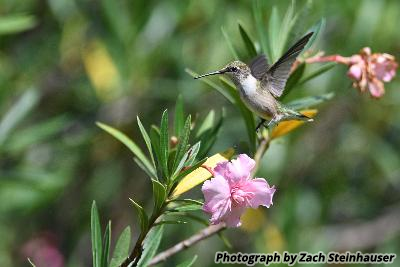 If you haven’t seen them already, it’s definitely time for hummingbirds to appear in South Carolina. Thousands migrate north from Florida, Mexico, Texas, and South America, some tracking as far as Ontario. According to Clemson University, mid-March was the arrival time for the Ruby-Throated Hummingbird, the most prominent species that we see in the Midlands. Watching these beautiful, tiny creatures fly to and from feeders and plants is simply mesmerizing and most certainly a sign that spring has arrived!
If you haven’t seen them already, it’s definitely time for hummingbirds to appear in South Carolina. Thousands migrate north from Florida, Mexico, Texas, and South America, some tracking as far as Ontario. According to Clemson University, mid-March was the arrival time for the Ruby-Throated Hummingbird, the most prominent species that we see in the Midlands. Watching these beautiful, tiny creatures fly to and from feeders and plants is simply mesmerizing and most certainly a sign that spring has arrived! 
